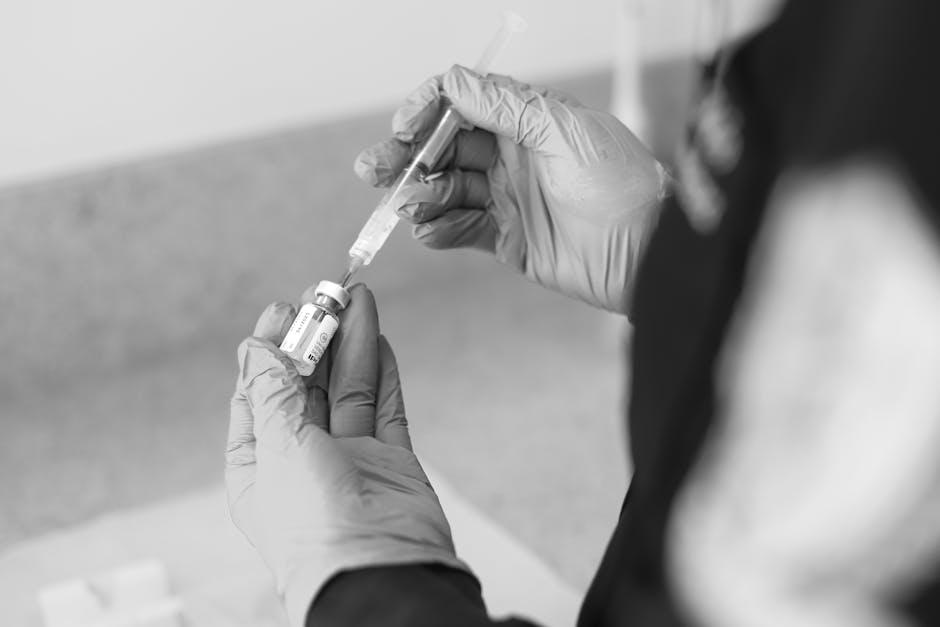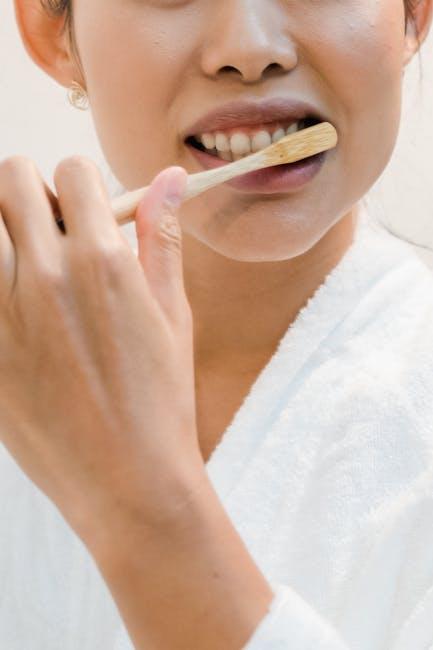
Dentists Reveal How You Should Be Brushing Your Teeth — As Many of Us Are Likely Doing It Wrong
Brushing your teeth is a vital part of daily hygiene, yet many people unknowingly follow incorrect techniques that could harm their teeth and gums. According to leading dental professionals, the way we brush our teeth significantly impacts oral health — from cavity prevention to avoiding gum disease and tooth erosion. This article dives deep into expert-recommended tooth brushing methods, common mistakes, and actionable tips to help you maximize your dental care routine effectively.
Why Proper Tooth Brushing Matters
The mouth is home to millions of bacteria, some beneficial and some harmful. If plaque, a sticky bacterial film, is not removed regularly and correctly, it can lead to tooth decay, gum inflammation, and bad breath. Dentists stress that brushing your teeth the right way not only keeps your smile bright but also prevents costly and painful dental problems later in life.
Key benefits of proper brushing include:
- Reduction of plaque buildup and risk of cavities
- Prevention of gum diseases such as gingivitis and periodontitis
- Elimination of bad breath caused by bacterial growth
- Maintenance of fresh breath and overall oral cleanliness
- Preservation of tooth enamel and prevention of tooth sensitivity
Common Mistakes People Make When Brushing Their Teeth
Many of us think we’re doing everything right at the bathroom sink, but dentists reveal several common errors that can undermine our efforts. Identifying and correcting these habits is essential to better oral care.
| Mistake | Why It’s Harmful |
|---|---|
| Brushing Too Hard | Can wear down enamel and irritate gums, causing sensitivity and recession. |
| Using a Hard-Bristled Toothbrush | Harsh bristles can damage gums and enamel; dentists usually recommend soft bristles. |
| Not Brushing Long Enough | Less than two minutes is insufficient to remove plaque effectively. |
| Brushing Immediately After Eating Acidic Foods | Acids soften enamel temporarily; brushing then can cause erosion. |
| Not Cleaning All Surfaces | Ignoring the tongue, inner cheeks, or back teeth can leave bacteria behind. |
| Incorrect Brushing Motion | Horizontal scrubbing can cause gum damage; a gentle circular motion is better. |
Step-by-Step: How to Brush Your Teeth Properly According to Dentists
To achieve optimal oral hygiene, follow these dentist-approved techniques:
- Choose the Right Toothbrush: Select a soft-bristled toothbrush that fits comfortably in your mouth.
- Use the Correct Amount of Toothpaste: A pea-sized amount of fluoride toothpaste is sufficient.
- Angle Your Brush at 45 Degrees: Position the brush where teeth meet gums to effectively remove plaque along the gum line.
- Use Gentle, Circular Motions: Avoid harsh scrubbing. Gentle circles clean the teeth surfaces and gum lines safely.
- Brush All Surfaces: Clean the outer, inner, and chewing surfaces of each tooth methodically.
- Don’t Forget Your Tongue: Use your brush or a tongue scraper to eliminate bacteria and freshen breath.
- Brush For At Least Two Minutes: Divide your mouth into four sections, spending about 30 seconds in each.
- Be Consistent: Brush twice daily – in the morning and before bedtime.
- Rinse and Store Properly: Rinse your brush when done and store it upright to air dry.
Additional Tips for Effective Brushing
- Replace your toothbrush every 3-4 months or sooner if bristles are frayed.
- Avoid rinsing your mouth excessively with water after brushing; spit out excess toothpaste to allow fluoride to protect your teeth longer.
- Consider using an electric toothbrush, which some studies show can improve plaque removal.
- Floss daily to clean areas your toothbrush can’t reach.
Expert Opinions and Case Studies
Dr. Lisa Chen, DDS, a practicing dentist for over 15 years, emphasizes: “Patients underestimate the impact of their brushing technique. Most don’t brush long enough or focus on the gumline which is crucial to prevent gum disease.”
In a recent study published by the Journal of Dental Research, researchers observed that individuals who adopted gentle circular brushing for at least two minutes twice a day reduced their plaque score by 40% within three months, compared to those who continued with aggressive horizontal brushing.
How Technology Can Help
Modern dental technology has ushered in tools that encourage better brushing habits:
- Electric Toothbrushes: Many come with built-in timers and pressure sensors to prevent overbrushing.
- Smart Toothbrushes: Connected apps provide brushing feedback, helping users improve technique.
- Tongue Scrapers and Mouthwashes: Devices and products that complement brushing by targeting bacteria in the mouth.
Summary Table: Proper Tooth Brushing Checklist
| Step | Action | Why It Matters |
|---|---|---|
| 1 | Use a soft-bristle brush | Protects gums and enamel from damage |
| 2 | Brush 2 minutes twice a day | Ensures thorough cleaning |
| 3 | Angle brush at 45° to gums | Removes plaque at gumline effectively |
| 4 | Use gentle circular strokes | Prevents gum recession and enamel wear |
| 5 | Brush all surfaces & tongue | Eliminates bacteria and keeps breath fresh |
| 6 | Replace brush every 3-4 months | Maintains cleaning efficiency |
Conclusion: Make Every Brush Count
Brushing your teeth is not just a routine chore — it is the cornerstone of maintaining good oral health and a radiant smile. While many people brush daily, the technique and approach make all the difference. Following the advice shared by dentists can dramatically reduce the risk of tooth decay, gum disease, and other dental issues. Next time you reach for your toothbrush, remember to be gentle, thorough, and consistent. Your future self — and your dentist — will thank you!
For more expert dental advice and updates on oral hygiene, visit the-independent.com.


